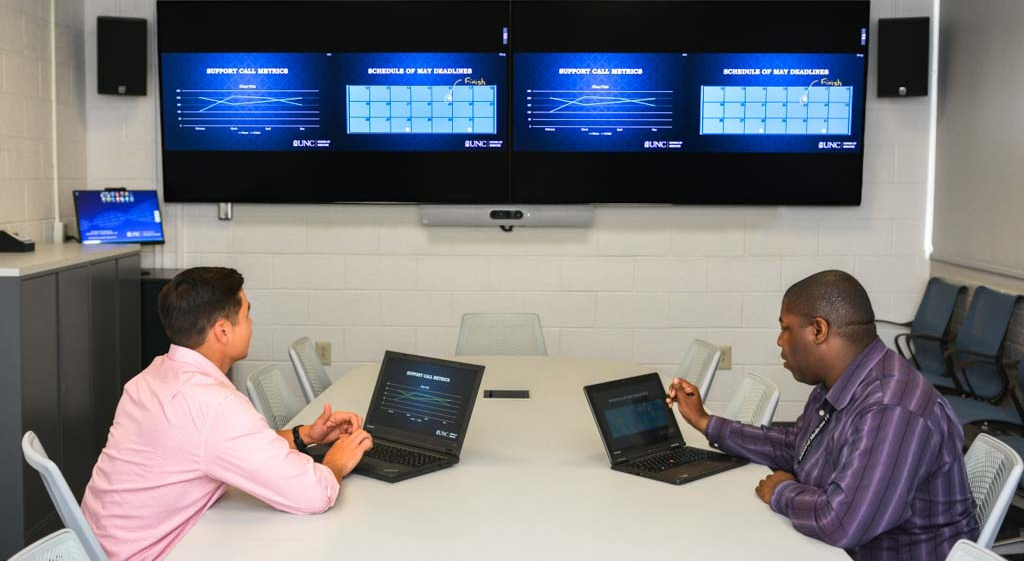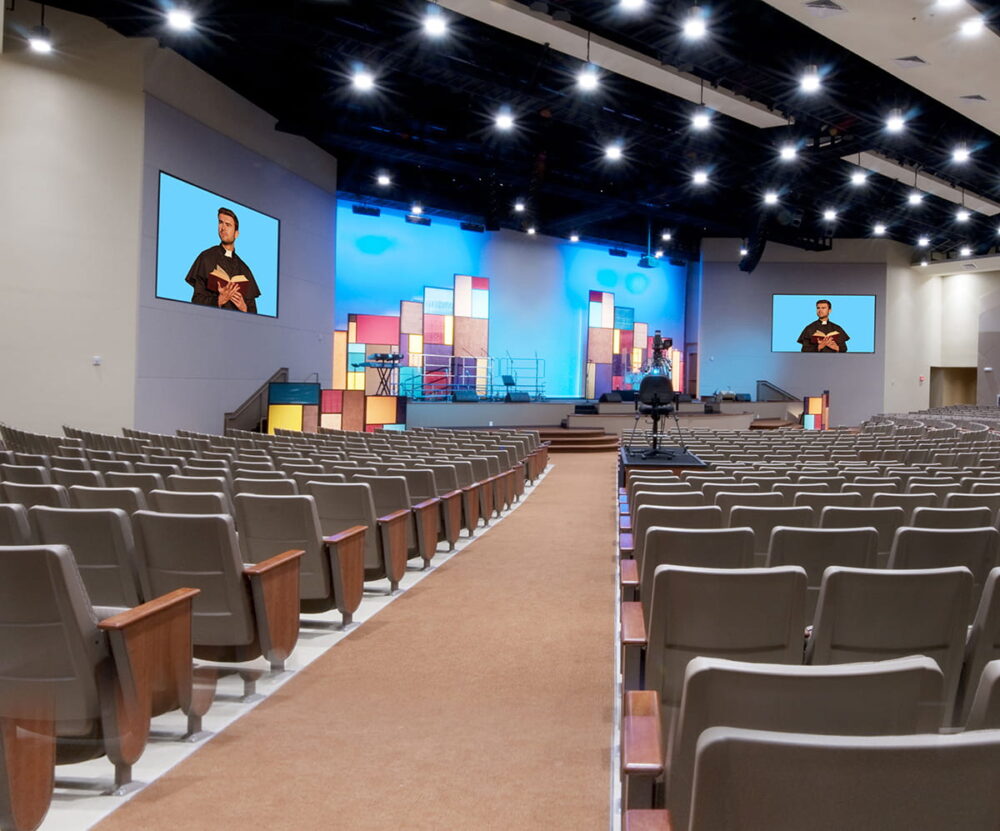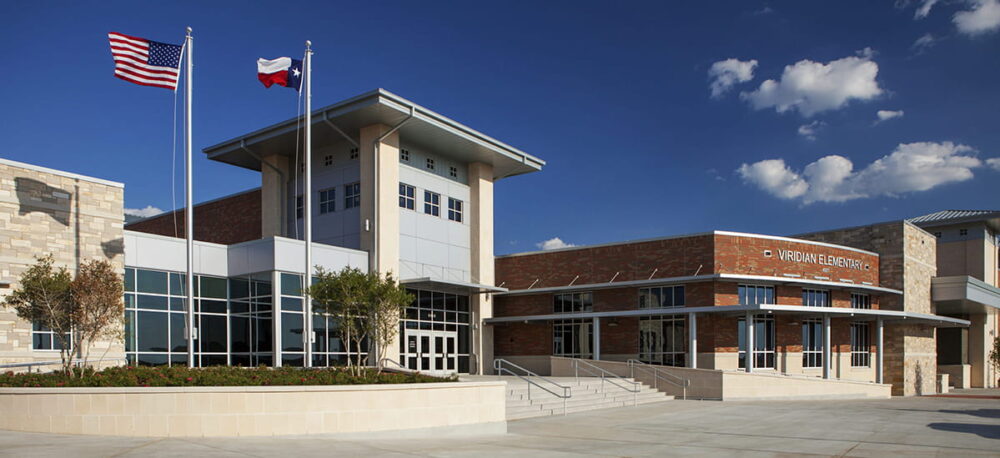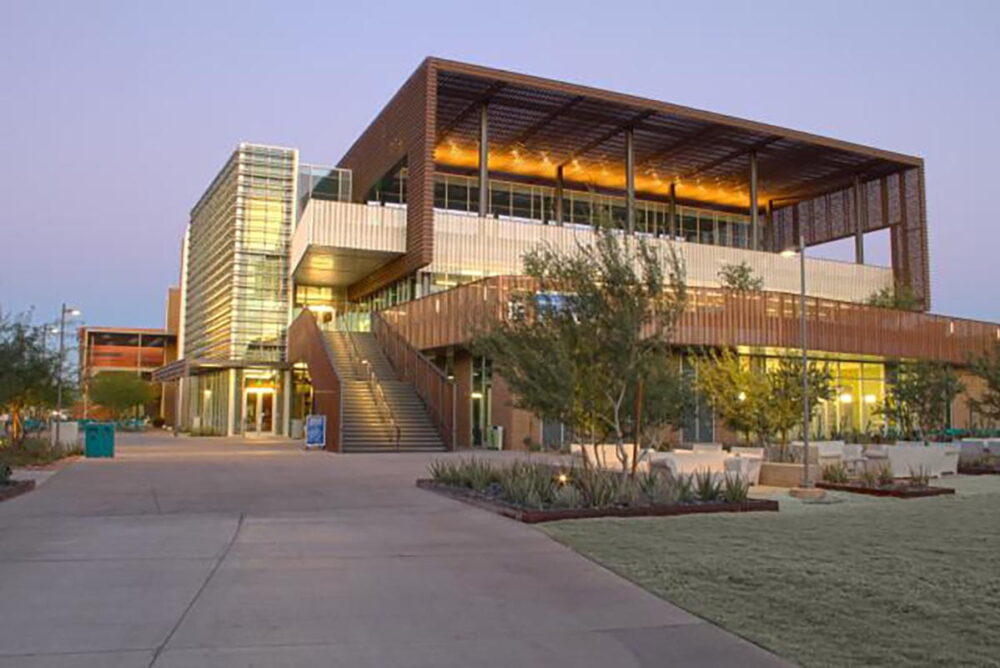State-of-the-art New Atlanta Music Venue
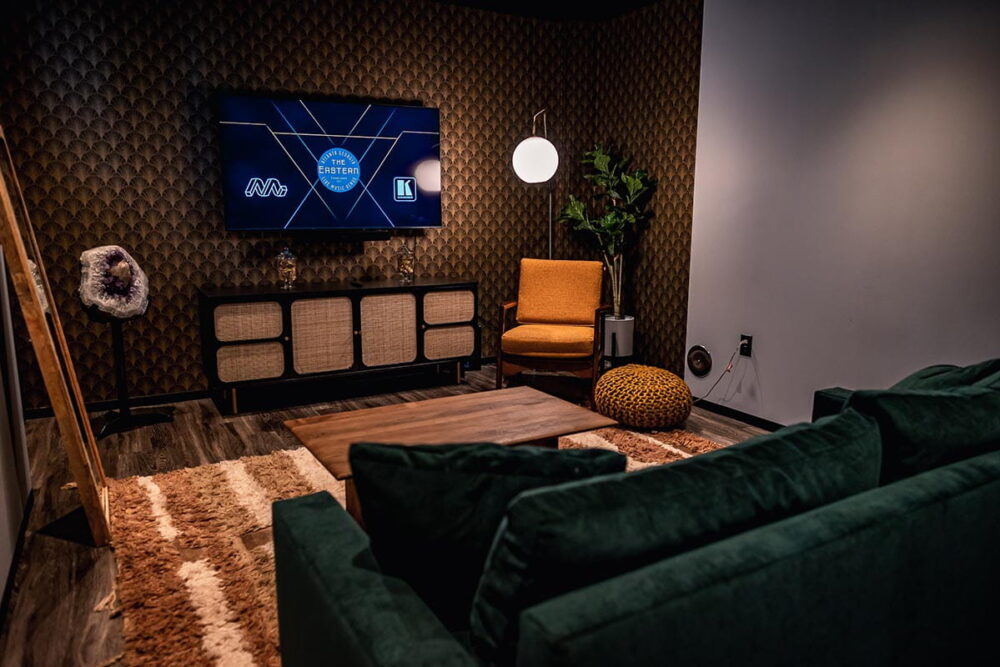


Customer
The Eastern
Industry
Entertainment
Located in the Reynoldstown neighbourhood of Atlanta just east of downtown, The Eastern is a brand-new, state-of-the-art performance venue designed to offer the best live music experience possible. With its multi-tiered floorplan, rooftop with covered performance space, restaurant, and multiple full-service bars, the hall also plays host to a variety of other events, from corporate meetings to launch parties. With such a wide range of uses, the ownership knew it needed a cutting-edge video system to stand out.
The Challenge
According to Nauman Lalani, Director of Special Projects at Atlanta-based integrator Music Matters, which provided the venue’s audio, video, and lighting systems, the goal was to be able to distribute video to the numerous screens throughout the facility. These include an LED video wall at the rooftop bar and green room displays.
“They have five green rooms, and they wanted a camera feed of the stage in all of them,” Lalani said. “They open the rooftop up for shows; it’s where they serve food and there’s a bar, and people lounge up there. They wanted to distribute video of the stage to the LED wall on the rooftop.”
For corporate events, the venue wanted the ability for customers to easily customize the screens. “[The owners] were like ‘We just want to have their logo, and not have to plug a flash drive into every monitor,'” Lalani said. Finally, they wanted the capability of elevating the performance space with video. “We have some touring groups that want to do visuals, and they’re either going to come on stage left or stage right.”
The video distribution system needed to be easily expandable, as the venue is planning on increasing its digital signage deployment. It had to be easy enough for any of the staff to operate, and it also had to be able to transmit 4K signals without installing more costly infrastructure. “They’d already drawn Cat-6 [cables] everywhere,” Lalani said. “Being able to do everything over a 1-gigabit backbone instead of having to run Cat-6A was a pretty big financial decision at the very beginning.”
The Solution
Lalani considered solutions from Extron, Crestron, and Kramer. “I spent a lot of time researching all three, and landed on the entire AV-over-IP architecture from Kramer,” he said. “The scalability of the system is what drove the decision. The Eastern wants to add to their system later on, and the ability to add more decoders in places whenever we need them is a huge plus.”
The cost savings of achieving their desired quality over standard network infrastructure was also a major consideration. “Having that 1-gig backbone uplink made it easier to spec Kramer instead of something else, and still be able to do 4K,” Lalani said. “Because everything in the building is future-proof, we’re able to do the 4K 4:2:0 signal across Kramer’s AV-over-IP system.”
Using Kramer KDS-EN6 encoders and KDS-DEC6 decoders, the Music Matters team set up a network running across the facility’s Netgear AV-over-IP line of 1-gigabit switches. A Panasonic AW-UE150 4K PTZ camera captures video of the stage, and the system distributes it to the screens in the green rooms and the rooftop LED wall. “There are 10 outputs and six inputs, and there’s a master room controller,” Lalani said. “We have encoders and decoders stage left, stage right, front of the house, rooftop. Basically, wherever there’s audio playback, there’s video playback.” The venue also has a Kramer VIA GO² for presentations.
Control is performed with two dedicated Kramer KT-107 7-inch wall- and table-mount PoE touchpanels. “Teaching the clients how to use the KT-107 was a snap,” Lalani said. He and his team programmed the interface with The Eastern’s logo in the background and a button overlay. “It’s almost an iPhone look, it’s very simple and to the point. It’s like ‘Hey, I’m in this part of the building, I want this feed here, click here.'”
The Eastern also purchased an iPad for mobile control that runs the Kramer Control GUI, which is also accessible on the owner’s iPhone. “On the Kramer side, the deployment is very easy, very user-friendly,” Lalani said. “And it’s customizable; if in a year they add more sources, add more decoders, a quick push from the cloud allows us to add more buttons as needed.”
The Results
According to Lalani, the reception to the system has been outstanding. “It was meant to be subtle, and it just works,” he said. The venue is planning on expanding the system with further digital signage endpoints. “There are five bars in the building, and right now they just have a whiteboard, but they want to add a menu system deployment,” he added. “They’re also currently handwriting their show schedule on a board by the entrance, and eventually that will change to a digital signage monitor as well.” To add these, the process is as simple as connecting an additional Kramer decoder to a signage player on display.
While the system has performed with exceptional reliability, the Music Matters team is especially appreciative of the assistance available from Kramer when small issues do arise. “The readiness of the support is great,” Lalani said. “When I’m troubleshooting something, I can just text them. Our lifestyle right now is really on the go, and we’re hustling, so not having to wait in a 1-800 call queue is a big advantage.”
“Access to our sales reps and their tech person is awesome,” Lalani continued. “Whenever I run into a small thing, I can reach out and be like ‘Hey, is this what I’m supposed to be doing?’ and they’re like ‘No, it’s actually this.’ That’s what I love about the whole thing.”
“They’re a really big company but you never feel like it,” added Lindsay Schwartz, Director of Marketing at Music Matters. “You feel like you’re the most important person on their list of ten people they need to talk to today. No problem is too small.”
Got a question for one of our AV experts? Contact us here, and we’ll connect you.













